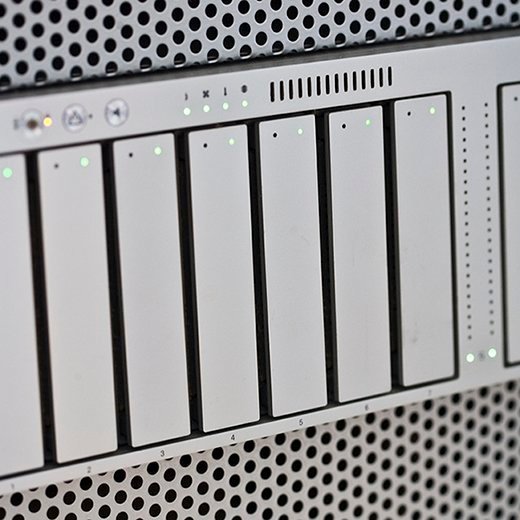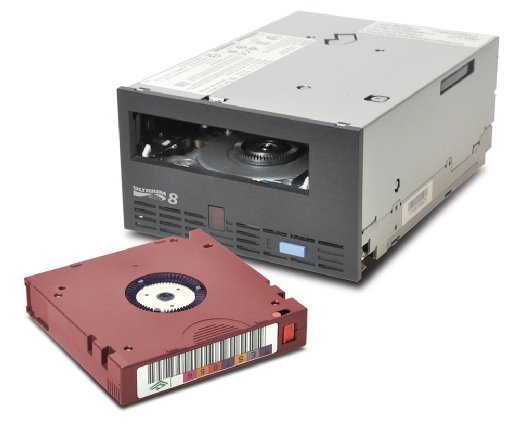direct access
What is direct access?
In computer storage, direct access is the process of reading and writing data on a storage device by going directly to where the data is physically located on the device rather than having to move sequentially from one physical location to the next to find the correct data. The term direct access is often considered synonymous with random access because data is accessed randomly rather than sequentially.
Direct access relies on addressing techniques that enable the operating system (OS) to identify the data's location without having to search for the data. In this way, the OS can go to a specific physical location on a storage device, wherever the data is stored, making it possible for applications to read or write data much faster than they could if accessing the data sequentially.
A storage device that supports direct access is referred to as a direct access storage device (DASD). Each data block on a DASD volume is assigned a unique address that represents a distinct location. Direct access storage devices use electrical or electromechanical mechanisms to provide immediate access to addressable locations on the device.
A DASD can store all types of permanent and temporary data, including user, system and application data. Common direct access storage devices include solid-state drives (SSDs) and hard disk drives (HDDs).

Direct access vs. sequential access
An alternative to direct access is sequential access, in which data is found by starting at one location on the storage medium and seeking through every successive location until the data is discovered. Sequential access is typically much slower than direct access and not suited for most applications.
In contrast, direct access does not need to perform the extensive searching required of sequential access, resulting in faster, more efficient data access. An application that uses direct access can go straight to the data without needing to progress serially across the storage medium.
Sequential access is usually associated with tape drive storage media, which require data to be read serially. As a result, tape systems are much slower than other media and, in today's data centers, tend to be limited to data archiving and cold storage. Storage devices that support direct access include a much broader range of media.

Originally, direct access storage devices included only HDDs and systems such as magnetic drums and data cells, but DASDs now include SSDs, optical discs, PC storage devices and redundant array of independent disks (RAID) storage systems. Because these devices support direct access, they can accommodate many more types of applications and workloads than sequential access devices.






